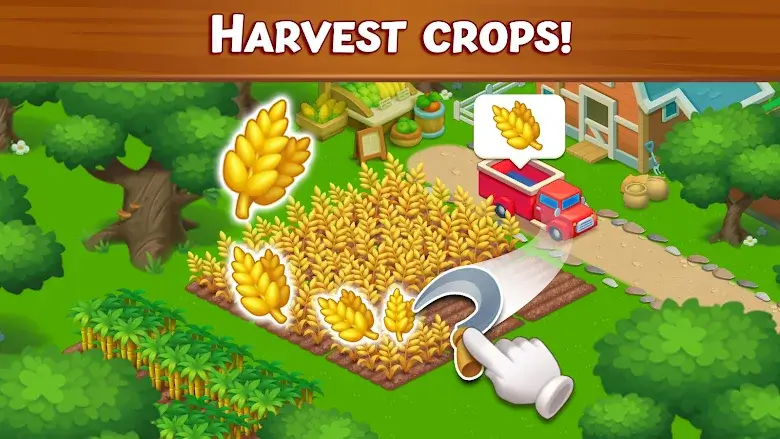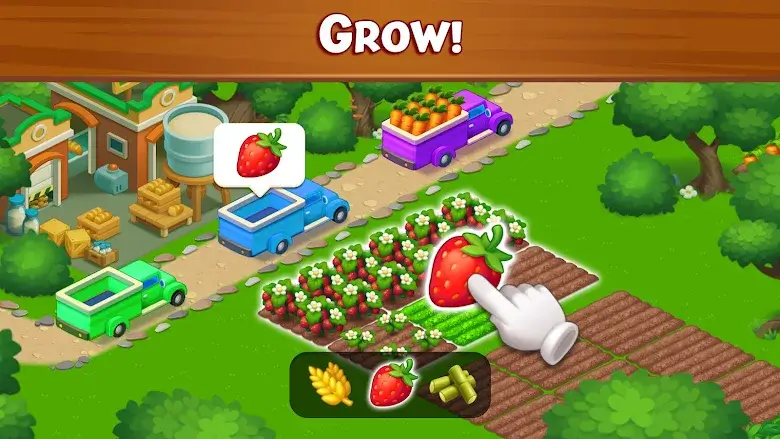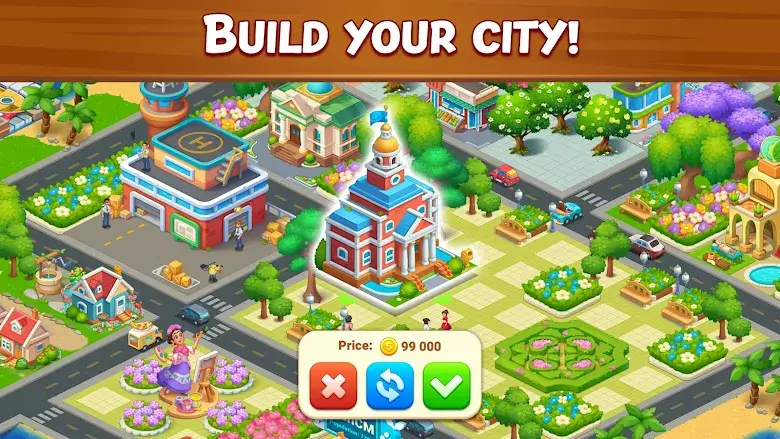| Updated | sep 27,2025 |
| Size | 119 MB |
| Version | v2.10.63 |
| Requirements | Android 6.0 |
| Downloads | 10,000,000+ downloads |
| Get it on | |
Description
Introduction
Farm City is a witching and study-provoking narrative that explores the crossroads of civic life and husbandry. Penned by Novella Carpenter, this book takes compendiums on a trip through the author’s particular experience of transubstantiating an abandoned lot in Oakland, California, into a thriving civic ranch. Published in 2009, Farm City delves into the challenges, triumphs, and unanticipated assignments that come with creating a sustainable oasis amidst the concrete jungle.

Setting the Scene
The narrative unfolds in the gritty and different neighborhood of Ghost City in Oakland. Novella Carpenter, fortified with a background in environmental studies, moves to a run-down apartment with her swain, Bill, and soon finds herself charmed by the vacant lot coming door. Rather than succumbing to the scar and desolation, Carpenter sees implicit oil upon which she can paint her vision of a tone-sustaining civic ranch. therefore begins the trip to Farm City.
Cultivating the Urban Farm
Carpenter’s account details the laborious process of transubstantiating the vacant lot into a thriving civic ranch. With limited coffers, the couple embarks on a charge to grow their own food, raise beasts, and live sustainably. The author’s pictorial descriptions bring to life the challenges of cultivating a theater in a civic terrain, contending with limited space, defiled soil, and the complications of megacity regulations. From raising cravens and clunkers to cultivating vegetables, Carpenter’s jotting paints a pictorial picture of the adaptability and determination needed to turn a civic wasteland into a vibrant and productive ranch.
The Eccentric Cast of Characters
As Farm City unfolds, compendiums are introduced to a various cast of characters that colonize Carpenter’s civic husbandry community. From quirky neighbors to fellow growers with unconventional agrarian practices, each individual adds a subcaste of complexity to the narrative. The relations with these characters punctuate the social and collaborative aspects of civic husbandry, emphasizing how participated spaces can foster a sense of belonging and collaboration in unanticipated places.
Chickens, Turkeys, and the Ethics of Meat
One of the central themes of Farm City revolves around Carpenter’s decision to raise creatures for meat. The author doesn’t wince down from addressing the ethical dilemmas that come with massacring creatures for food, and she provides an honest and introspective disquisition of the emotional and moral challenges involved. This aspect of the narrative sparks important conversations about the sources of our food, the ethics of raising creatures for consumption, and the dissociation between ultramodern society and the origins of the food we consume.

Urban Foraging and the Quest for Self-Sufficiency
In addition to traditional husbandry practices, Farm City delves into the world of civic rustling. Carpenter explores the girding neighborhoods, uncovering wild edibles and forging a connection between the megacity and the food it provides. This aspect of the book raises questions about the possibilities of tone– adequacy within civic geography and challenges conventional sundries of where and how food can be sourced.
Navigating the Legal Landscape
As Carpenter’s civic ranch expands, she encounters colorful legal challenges and nonsupervisory hurdles. The narrative sheds light on the complications of navigating megacity regulations and zoning laws, furnishing compendiums with perceptivity into the broader issues girding civic husbandry. The struggle for legal recognition and the right to use vacant lots for tilling purposes becomes a central theme, pressing the need for policy changes to support and encourage sustainable civic husbandry practices.
Environmental Stewardship and Sustainability
Farm City goes beyond the particular narrative and serves as a commentary on environmental stewardship and the significance of sustainable living. Carpenter’s commitment to reducing her ecological footmark is apparent throughout the book, whether through composting, rainwater harvesting, or repurposing discarded accouterments. The narrative encourages compendiums to reflect on their own environmental impact and consider how small, individual conduct can contribute to a further sustainable future.

Conclusion
In Farm City, Novella Carpenter weaves a compelling tale of adaptability, creativity, and the transformative power of civic husbandry. The book transcends the kidney of traditional biographies, serving as a source of alleviation for those interested in sustainable living, civic husbandry, and the profound connection between people and the food they consume. Through Carpenter’s engaging liar, compendiums are invited to explore the eventuality of positive change within the concrete geographies of our metropolises, where abandoned lots can become flourishing granges, and communities can be erected around a participated commitment to sustainable living. Farm City challenges preconceived sundries about where and how food can be produced, leaving a lasting print on compendiums and egging them to consider the possibilities for a more sustainable and connected future.




















